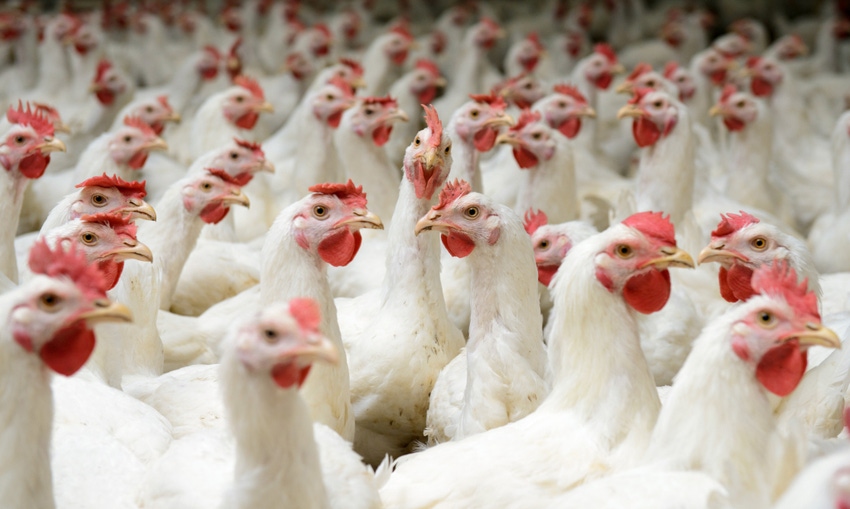Study explores willingness for on-farm poultry carcass disposal
Producers willing to pay $15,651 for additional disposal capacity during disease event.

Foreign animal diseases (FAD) can cause substantial economic losses in production, consumption, and the supply chain. In the poultry sector, they are not only typically highly pathogenic, but they also lead to disruptions in normal business practices and require higher investment in biosecurity practices. For poultry producers, this can alter everything from bird pick-ups, chick placements, and length of out time on farms. While poultry producers usually rely on off-premises carcass disposal, on-farm disposal capacity may be needed if an operation falls within movement restriction zones. A new study in the Journal of Applied Poultry Research estimated poultry producers’ willingness to pay (WTP) for on-farm carcass disposal methods if this scenario were to unfold.
According to the study, there were 450,620 poultry farms in the United States in 2017, including 42,858 broiler operations, 232,500 layer farms, and 23,173 turkey farms. The U.S. Department of Agriculture, National Agricultural Statistics Service (2021) reported a U.S. poultry sale value of $35.5 billion in 2020 with 61% of those sales coming solely from broiler production. Poultry is also popular in Americans’ diet, which places addition pressure on producers to ensure a healthy and consistent supply of poultry products.
A highly pathogenic avian influenza (HPAI) outbreak in the U.S. from December of 2014 to June of 2015 caused the most economic damage to U.S. livestock in recent history, the study relayed. USDA data reports that 42.1 million egg-layer and pullet chickens and 7.5 million turkeys were depopulated, and the cost to the federal government exceeded $950 million in taxpayer dollars.
During the outbreak, some producers dealt with catastrophic mortality but others who were not infected faced movement restrictions due to quarantine. Following the event, plans such as the Secure Broiler Plan were drafted in case future highly pathogenic outbreaks occurred, but researchers in the latest study suggest that more can still be done on both the farmer-level and policy-level. Efforts could include increased farm-level biosecurity awareness, training and protocols, increased surveillance for diseased birds, better mortality waste management, and more effective indemnity payment policies that incentivize the implementation of biosecurity measures and disease reporting.
For the study, poultry producers were surveyed about their operations’ characteristics, their disease perceptions, and were presented with a hypothetical disease scenario. The estimated mean WTP for additional disposal capacity was $15,651. Besides establishing that a market for on-farm carcass disposal exists, findings also provided information that can be used when creating policy and carcass disposal protocols.
“Farms that do not have adequate biosecurity plans and protections in place can put surrounding farms, the community, and economy at risk,” the study authors noted. “Poor carcass disposal can lead to economic, environmental, or epidemiological concerns.”
The researchers said the survey results show that there is willingness for proactive investment in disposal capacity, but that it is heterogeneous amongst farm sizes, current disposal capacity, and producer's personal FAD risk perceptions.
Still, they said the study helps practitioners and policy makers better understand producers' willingness to invest in preemptive capacity which could be used when creating programs and policies.
About the Author(s)
You May Also Like





